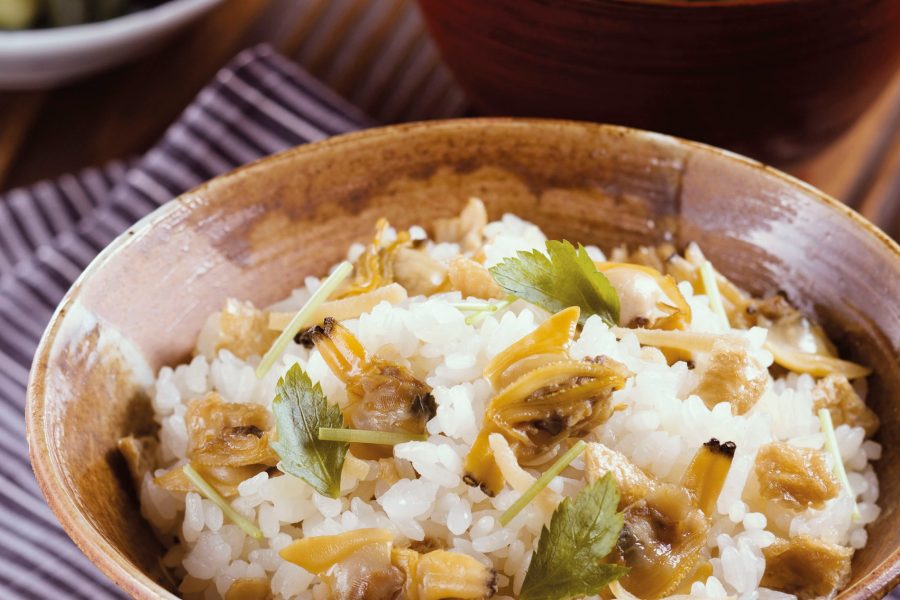I am kneeling shoeless on the floor in a space that resembles the home of a Japanese granny. Before me there is a low wooden table, a cup of green tea, a retro ’70s-style clock ticking on the wall and heavy cream curtains half drawn to stop the midday sun hitting my face.
A smiling middle-aged woman places the reason for my visit on the table: a lacquerware bowl filled with broth-drenched rice, indulgently topped with more Japanese asari clams than you can count.
This unique dish – fukagawa-meshi – may not have the global cachet of sushi, ramen or soba, but that doesn’t mean it’s not worth the trek across town to this low-key east Tokyo neighbourhood of Kiyosumi-Shirakawa.
It’s an area that happily bursts Tokyo’s urban stereotypes: instead of neon and crowds, there are quiet, plant-lined lanes; cycling grannies; family-run tofu shops; and lots of cats. This district is also the birthplace of fukagawa-meshi, a hearty dish with roots in a meal that local fishermen have eaten for hundreds of years.
The dish remains a local speciality – and the best place to eat it is Fukagawa Kamasho, a small restaurant on shopping street Fukagawa Shiryokan-dori.
My favourite spot inside is the homely, sun-filled space upstairs. Here, staff first bring pastel-tinted Japanese pickles like pink ginger and yellow daikon radish in Tupperware containers, followed by a bowl of miso soup with tofu chunks.
Just minutes later – it’s not known as fast food for fishermen for nothing – a bowl of fukagawa-meshi appears. The rice is rich, fluffy and flavoursome, having been cooked in a miso broth, while additional ingredients include a handful of green onions and a sprinkling of crispy strips of nori seaweed.
But the scene-stealer of the dish, which is as homely and warming as the setting, is the generous quantity of clams that cover the top of the bowl.
Perhaps best of all – aside from the ¥1,070 (HK$75) price tag – those who can’t finish their dish or don’t have time to eat in can take their fishermen’s food home with them, neatly wrapped in a plastic box.
Danielle Demetriou is a Tokyo-based freelance writer. Hero image: Getty Images
Tokyo travel information
- China – the Chinese Mainland, Hong Kong SAR, Macao SAR and Taiwan Region
- Hong Kong SAR - English
- Chinese Mainland (China) - English
- Taiwan, China - English
- 香港特別行政區 - 繁體中文
- 中国內地 - 简体中文
- 中國台灣 - 繁體中文
- Africa
- South Africa - English
- Asia
- Bangladesh - English
- Korea - English
- Singapore - English
- Cambodia - English
- 한국 - 한국어
- Sri Lanka - English
- India - English
- Malaysia - English
- Thailand - English
- Indonesia - English
- Maldives - English
- ประเทศไทย - ภาษาไทย
- Indonesia - Bahasa Indonesia
- Myanmar - English
- Vietnam - English
- Japan - English
- Nepal - English
- Việt Nam - tiếng Việt
- 日本 - 日本語
- Philippines - English
- Australasia
- Australia - English
- New Zealand - English
